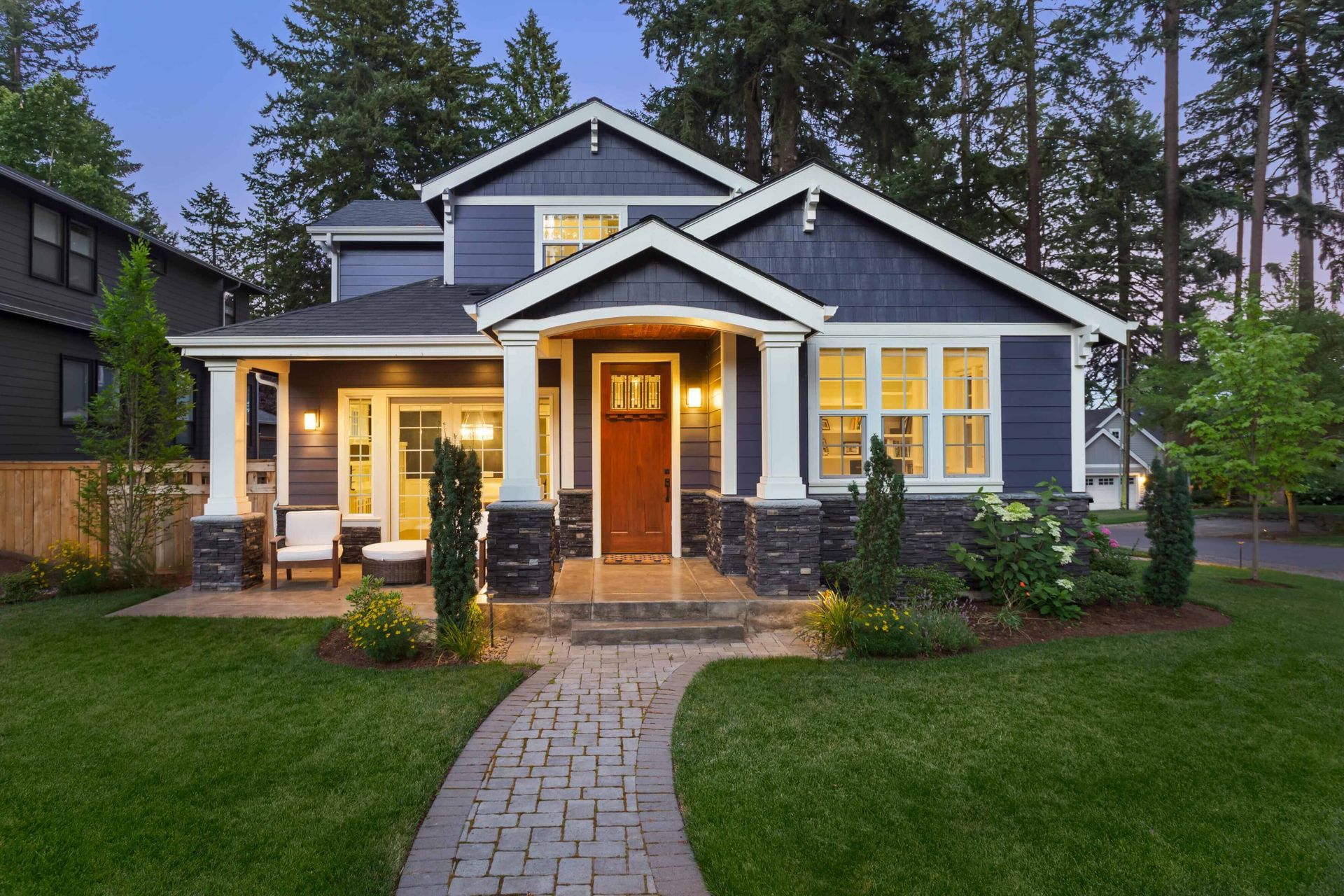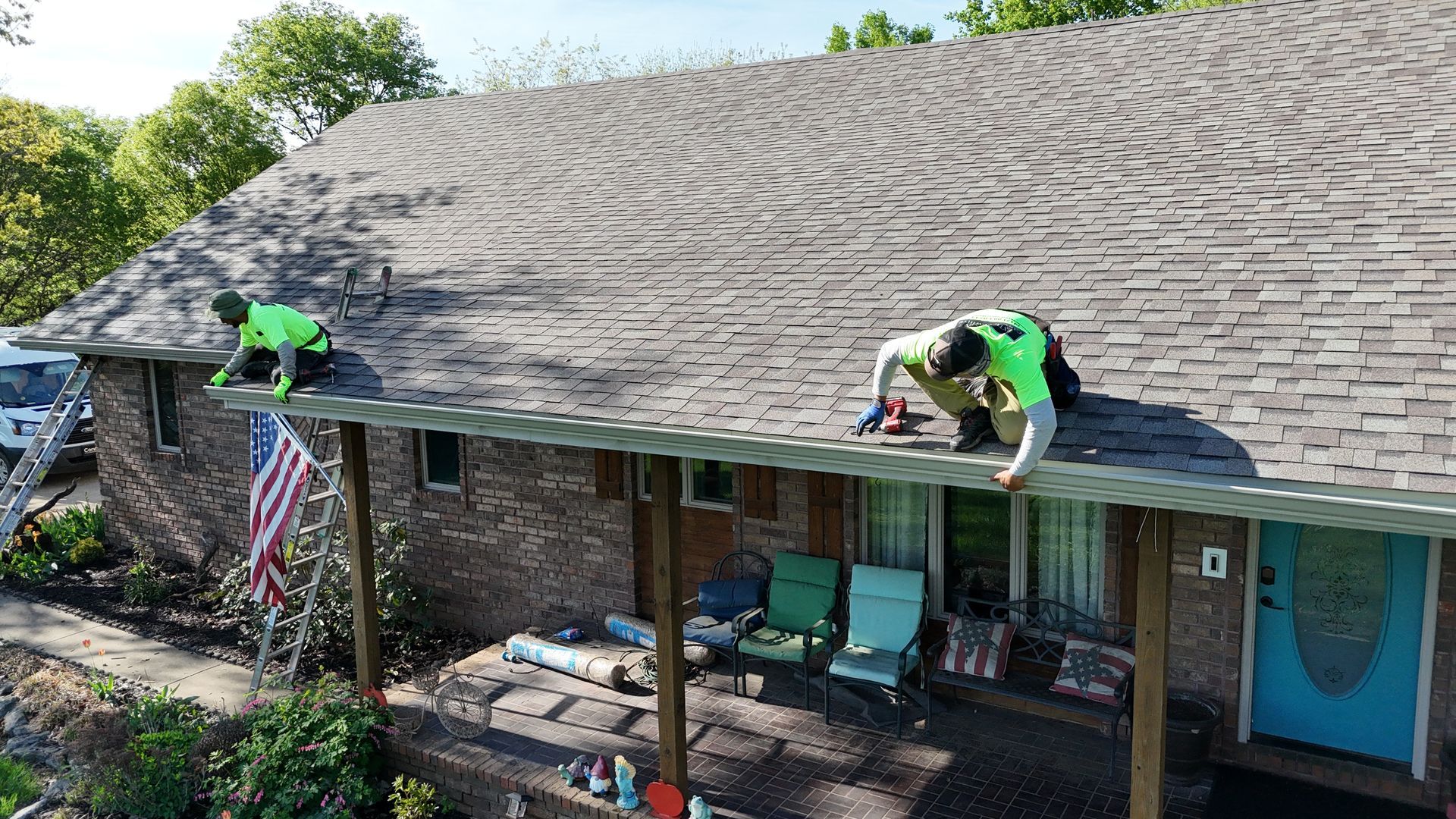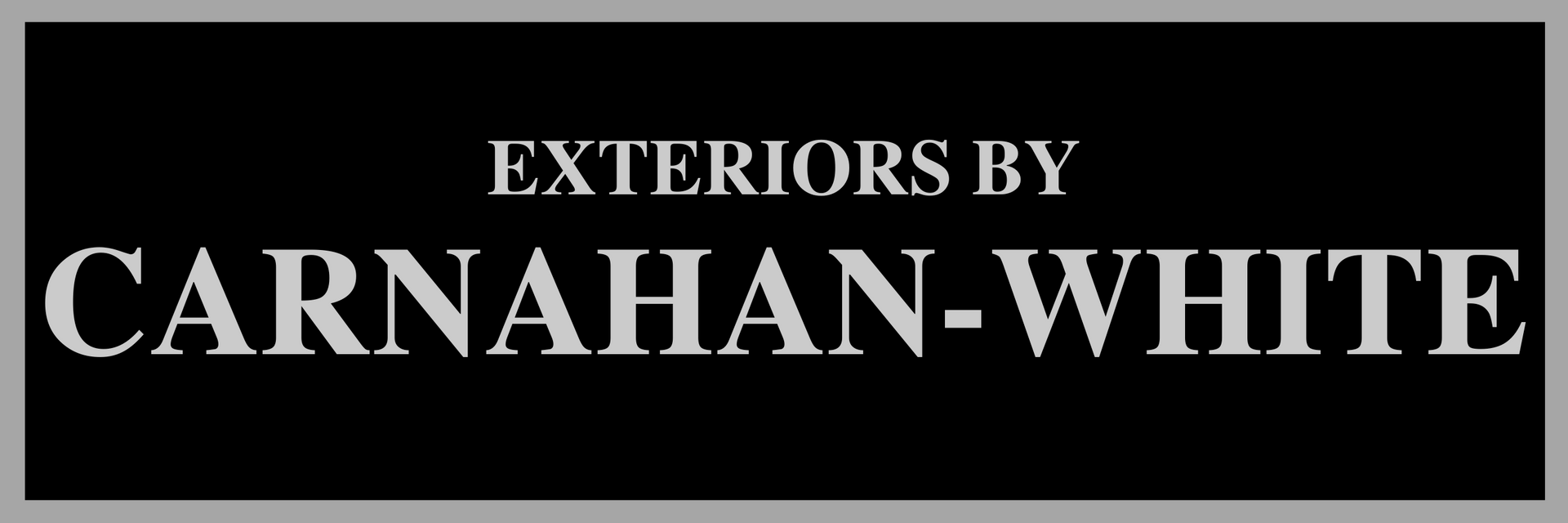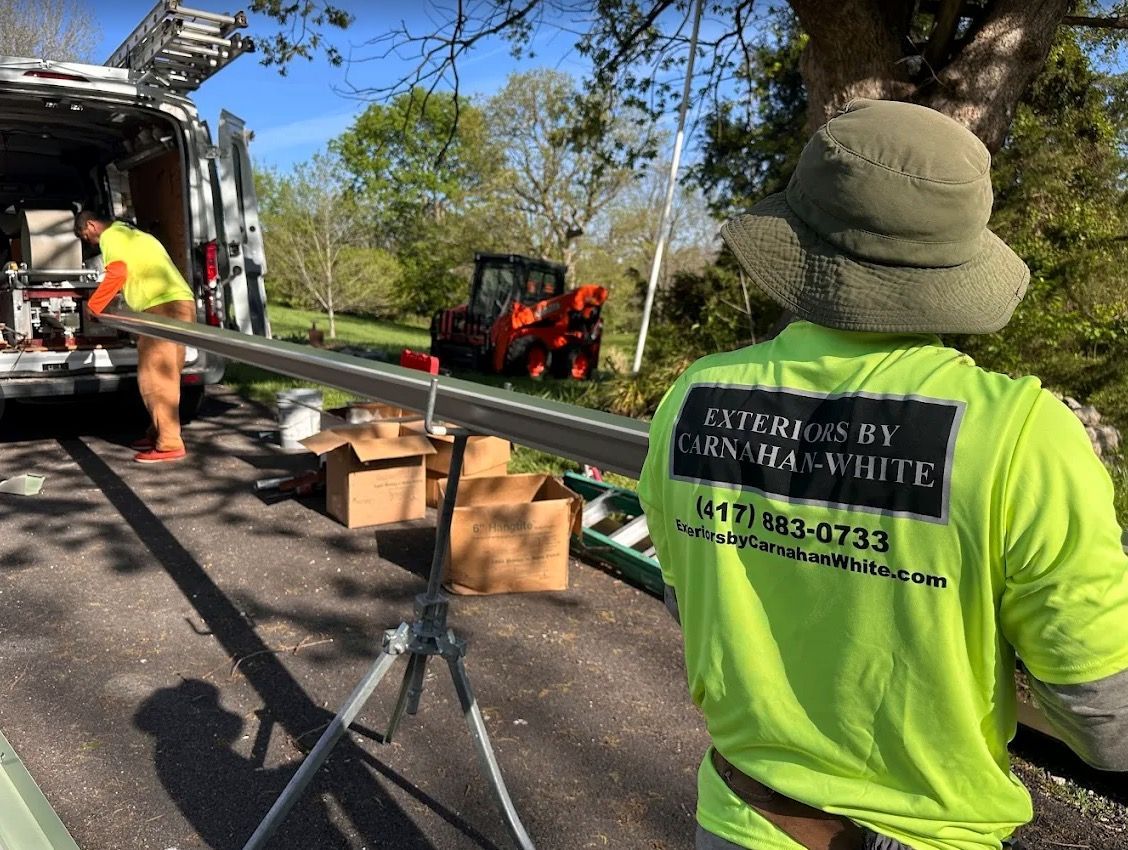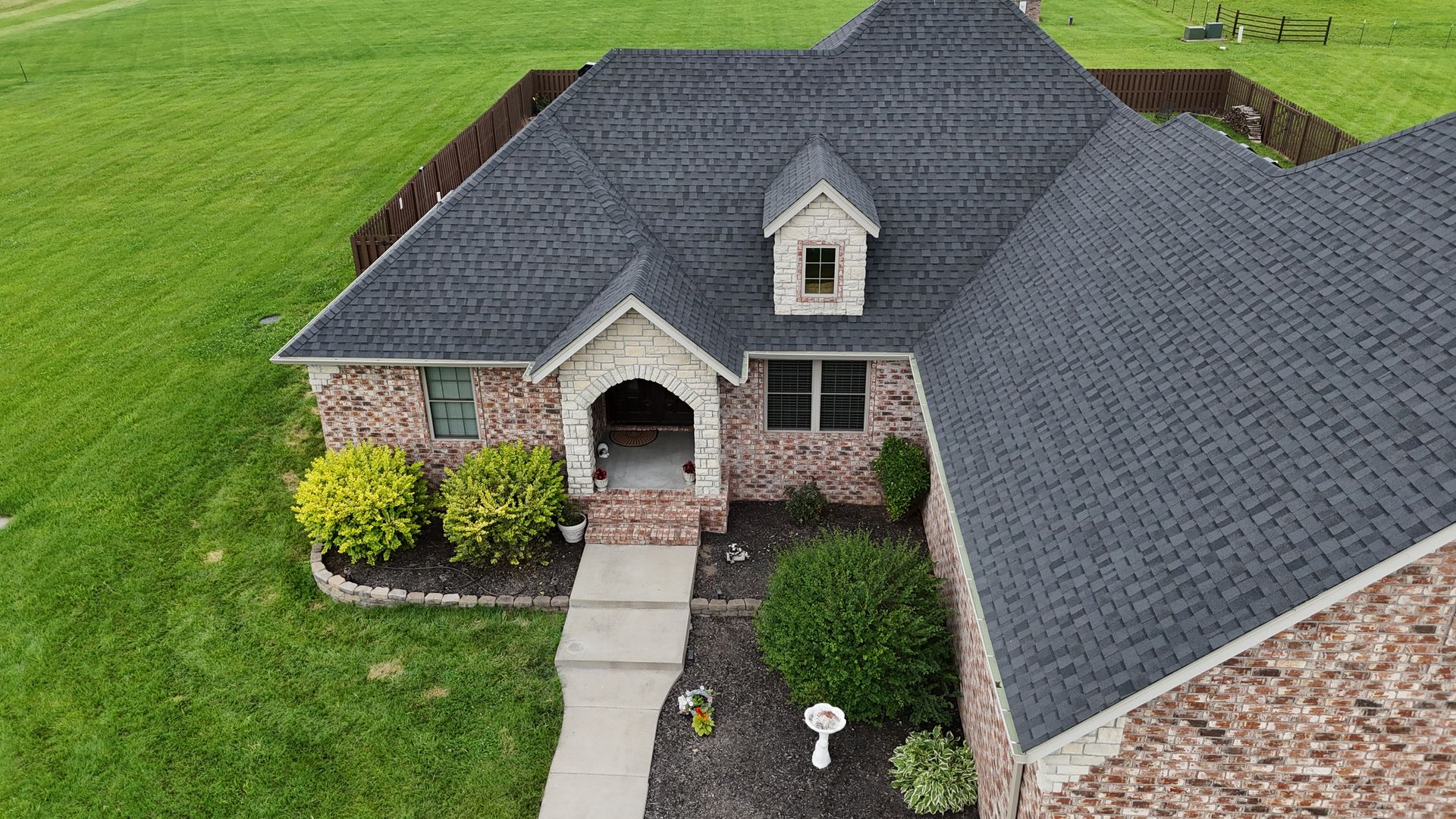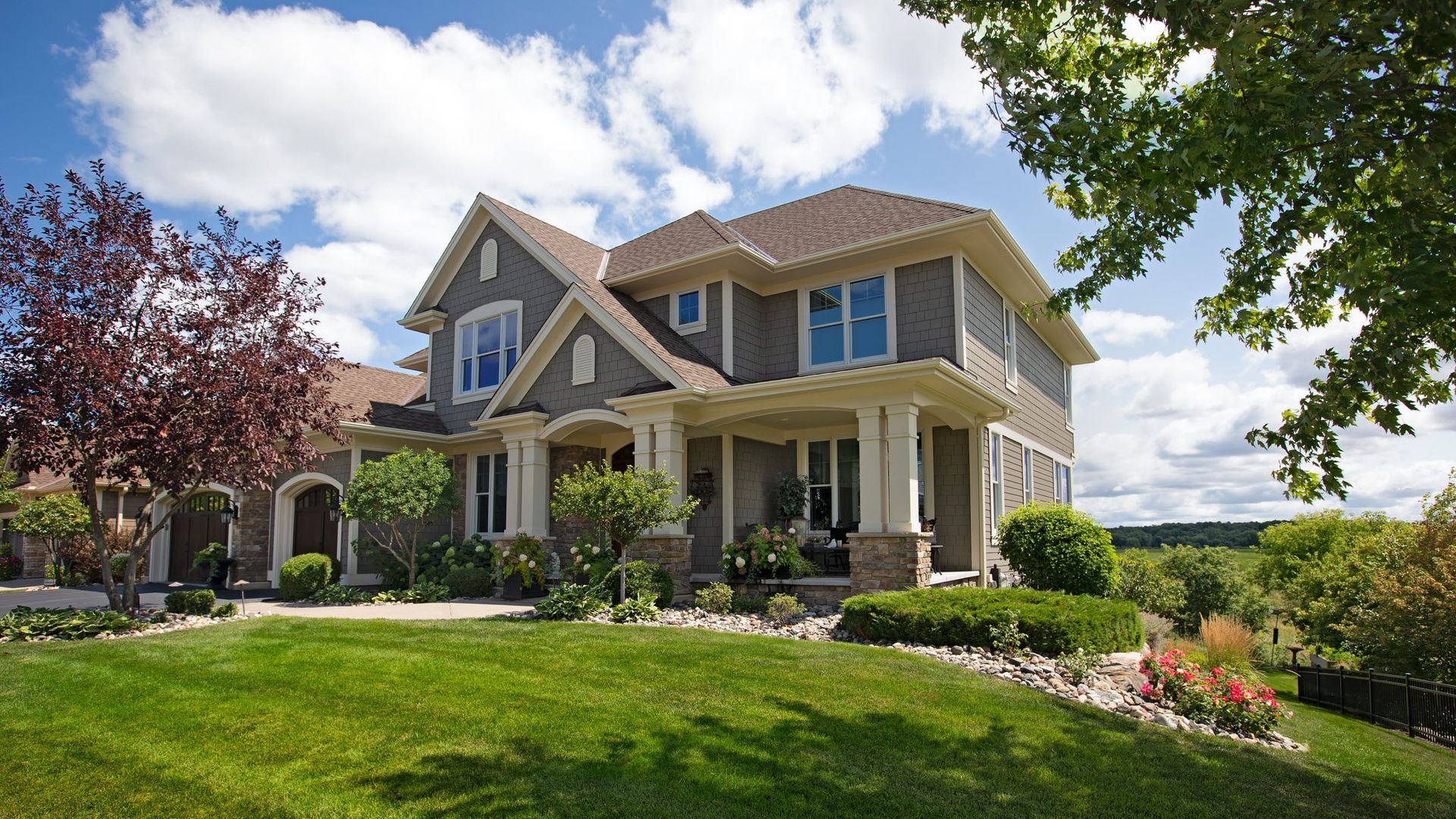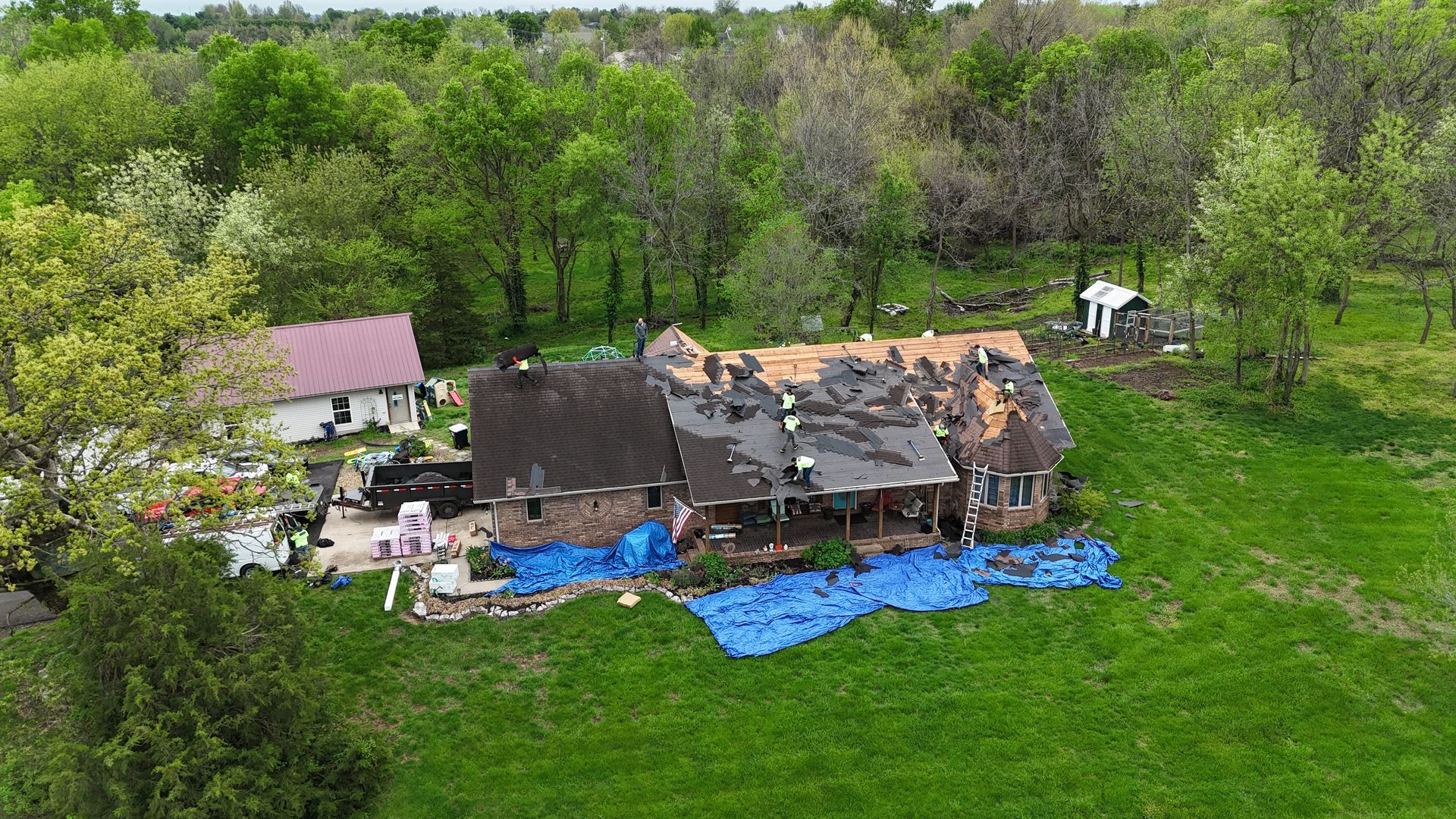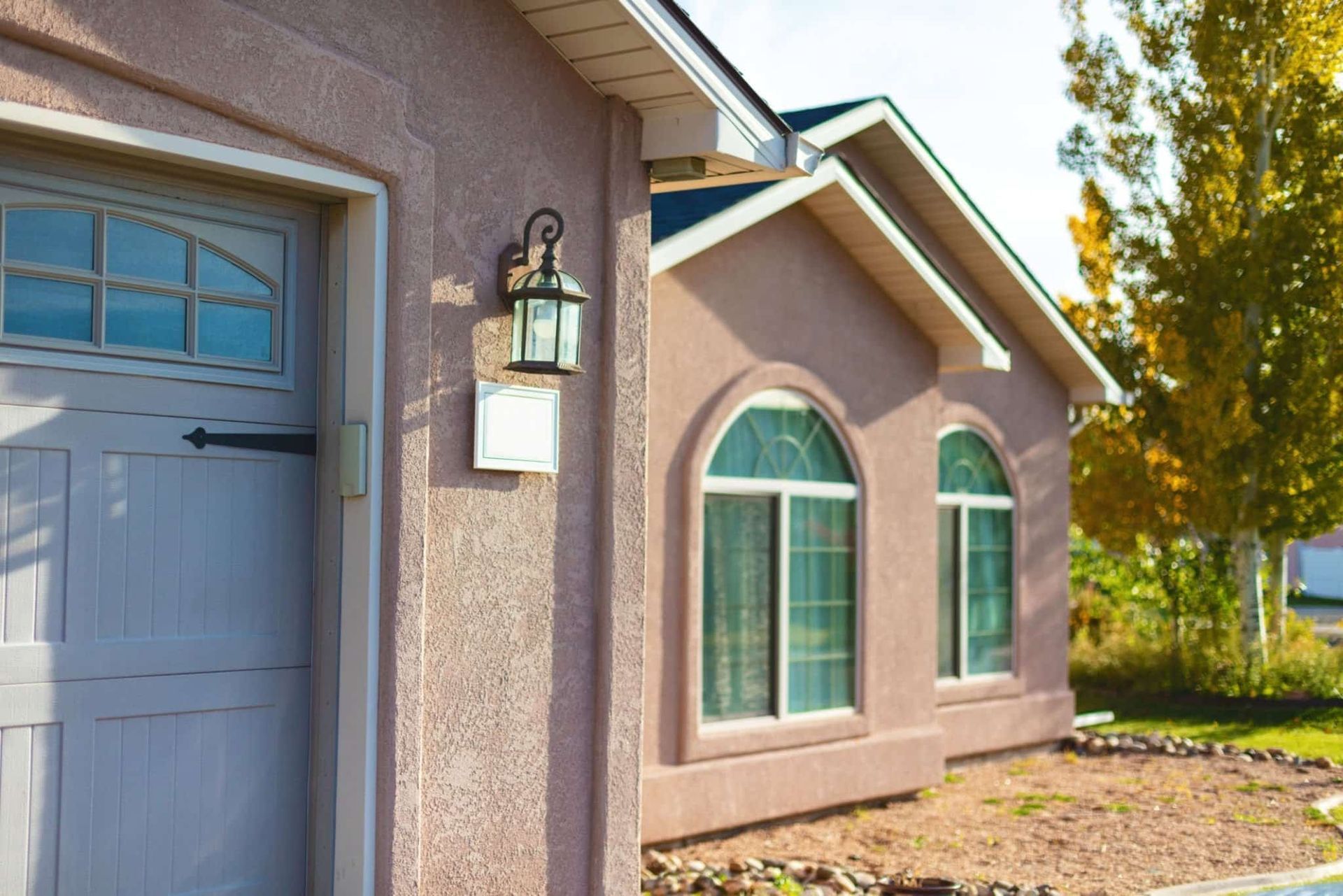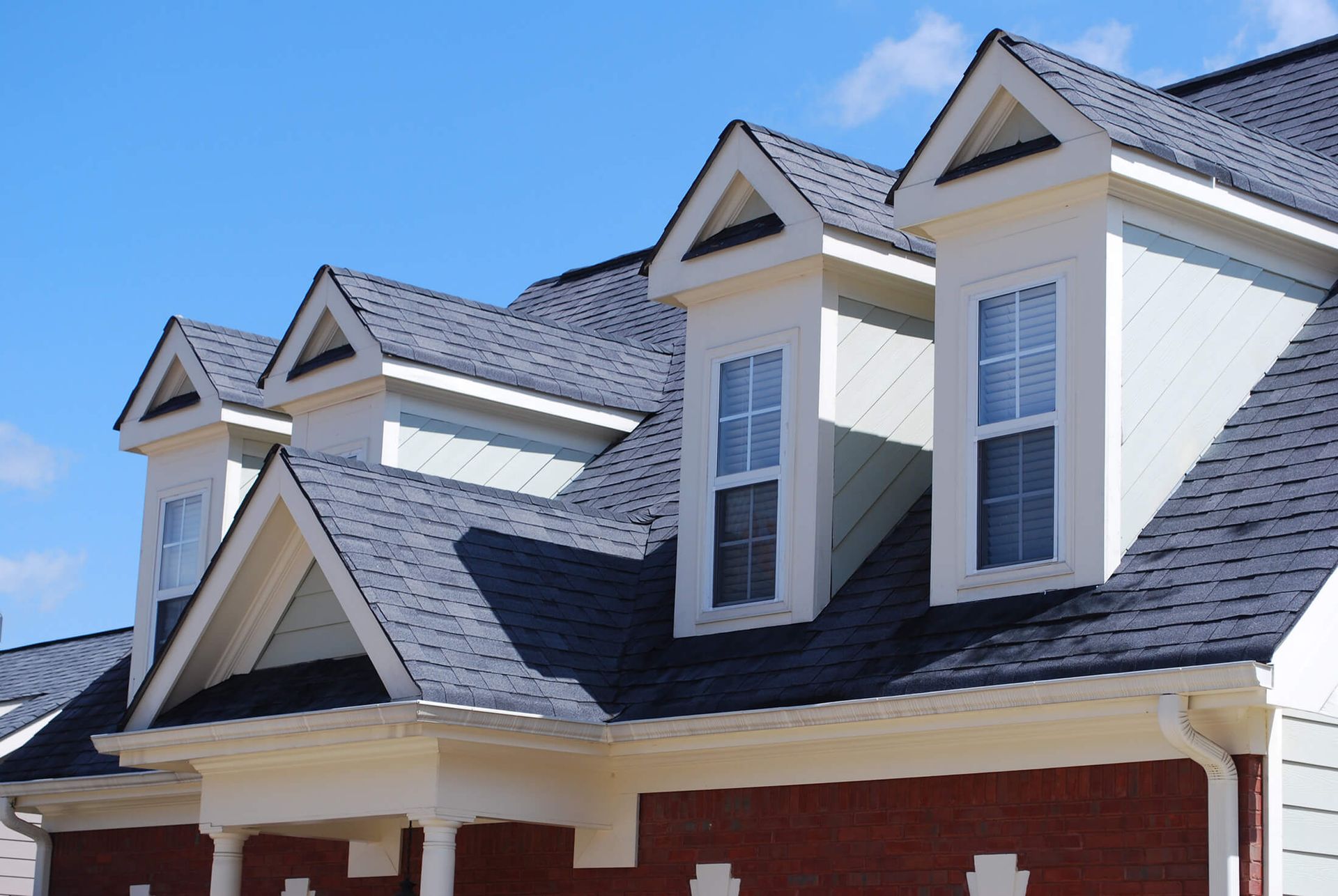What Is the Difference Between Alside Ascend and James Hardie Siding?
What Is the Difference Between Alside Ascend and James Hardie Siding?
1. Material Composition
Alside Ascend: Alside Ascend is a type of polymer siding, specifically made from high-density PVC. This material is engineered to mimic the look of wood but offers the added benefits of low maintenance and resistance to the elements. Its color is solid throughout, reducing the likelihood of fading or peeling over time.
James Hardie: James Hardie siding, commonly known as HardiePlank, is made from a fiber cement material, which combines cement, sand, and cellulose fibers. This composition gives it a robust, durable quality that is resistant to rot, fire, and pests. James Hardie is often preferred for its strength and longevity, especially in harsh climates.
2. Aesthetic Appeal
Alside Ascend: Alside Ascend offers a modern, sleek appearance with a clean, horizontal board design that replicates the look of traditional wood siding. Available in a range of colors and textures, it provides a contemporary aesthetic with minimal seams, enhancing the exterior appearance of your home.
James Hardie: James Hardie siding offers a classic, timeless look with options in horizontal lap, vertical, and shingle styles. Known for its authentic wood-like finish, it’s available in a wide range of colors and textures, making it a versatile choice that suits both traditional and contemporary home designs.
3. Durability and Performance
Alside Ascend: Alside Ascend is highly durable and designed to withstand the elements without the risks of fading, cracking, or warping. Being made from PVC, it is resistant to moisture and mold growth, making it a great option for homes in areas with high humidity or rain. However, it can be prone to scratches or dents from impact.
James Hardie: James Hardie siding is known for its exceptional durability, especially in extreme weather conditions. It is highly resistant to fire, rot, and termites, and it can withstand impacts better than most other siding materials. James Hardie fiber cement siding also has a higher tolerance for temperature fluctuations, making it a great choice for areas with diverse climates.
4. Maintenance
Alside Ascend: One of the standout features of Alside Ascend siding is its low maintenance requirements. Since it is made from PVC, it resists moisture, mold, and mildew, and doesn’t need to be painted. It can be easily cleaned with a hose or pressure washer, saving you time and effort on upkeep.
James Hardie: James Hardie fiber cement siding does require more maintenance than Alside Ascend. While it’s highly resistant to damage, it will need periodic painting (depending on the finish) to maintain its appearance and protect it from the elements. Regular cleaning is recommended to prevent dirt and mold buildup, especially in areas with high humidity.
5. Cost
Alside Ascend: Generally, Alside Ascend is more affordable compared to James Hardie siding. The cost of Alside Ascend is typically lower due to its polymer composition and the fact that it doesn’t require painting or additional treatments after installation.
James Hardie: James Hardie siding tends to be more expensive than Alside Ascend due to its fiber cement composition and its long-lasting, durable nature. Additionally, the need for painting or finishing may add to the overall cost of installation and maintenance over time.
6. Installation
Alside Ascend: Alside Ascend is relatively easy to install, as it is lightweight and has a click-lock installation system that speeds up the process. It can be installed over most existing siding materials, making it a great option for quick updates or renovations.
James Hardie: Installing James Hardie siding requires more time and expertise due to its heavier weight and more complex installation methods. It needs to be properly sealed and caulked to avoid moisture penetration. James Hardie siding is also more labor-intensive to cut, requiring special tools and safety precautions during installation.
7. Warranty
Alside Ascend: Alside Ascend comes with a limited lifetime warranty, covering defects in material and workmanship under normal use. The warranty also provides protection against fading, cracking, and peeling.
James Hardie: James Hardie siding also offers a limited lifetime warranty, along with a 30-year warranty on the finish and protection against damage from rot, termites, and fire. Its warranty is one of the strongest in the industry, reflecting the product’s durability and performance.
